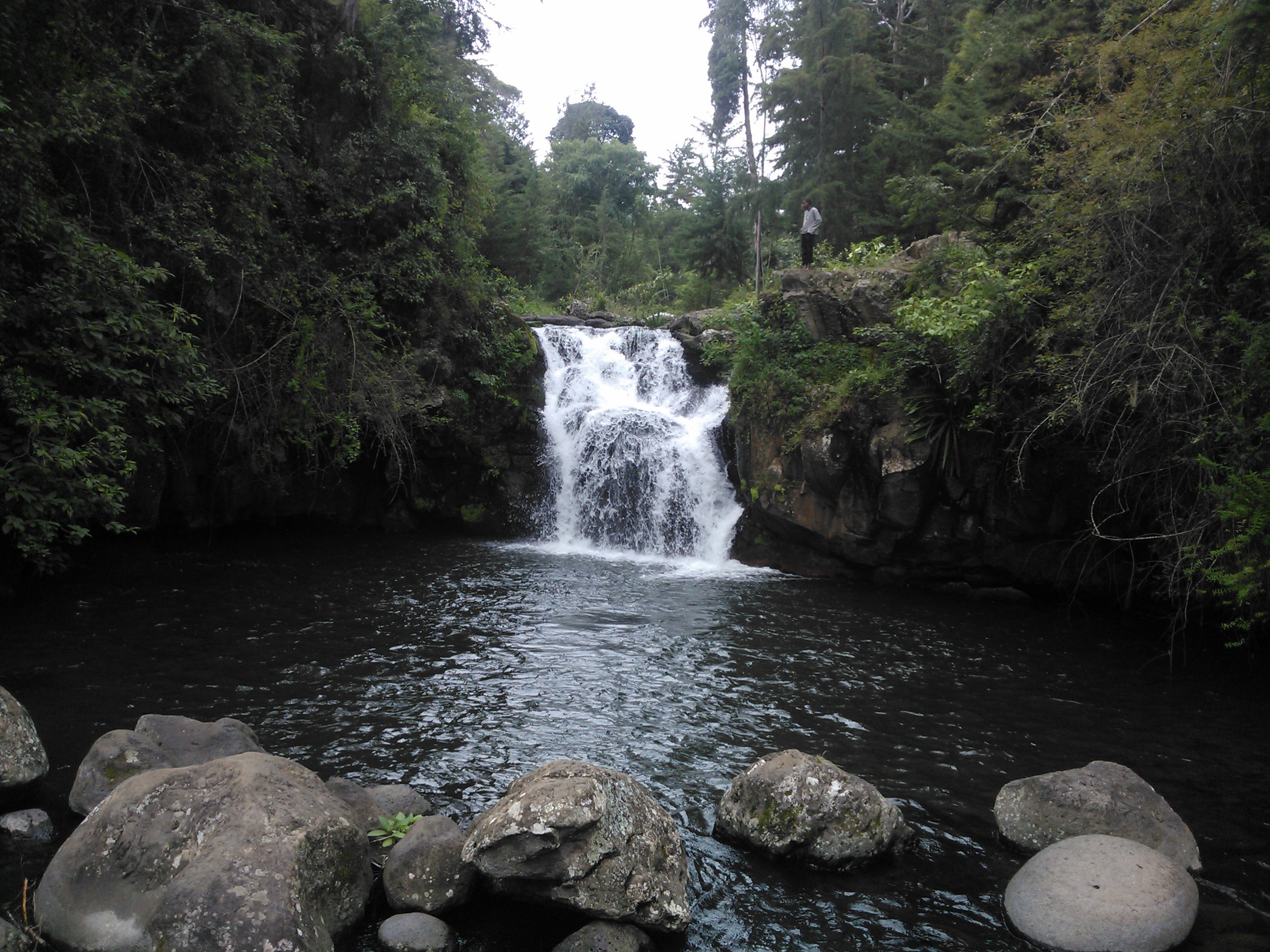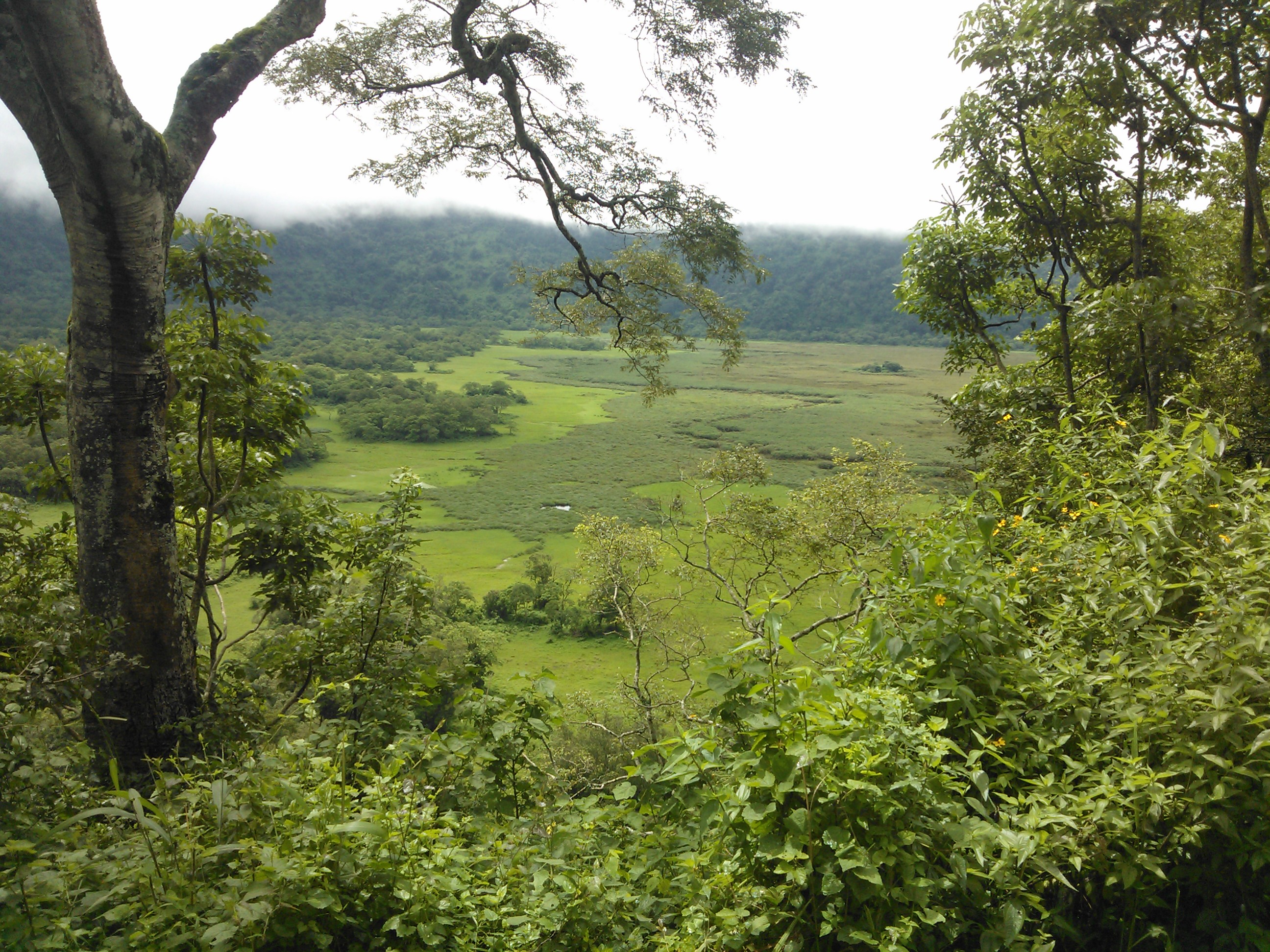The problem we can call seasonality is not hard to notice in Tanzania, and most actors in the field of national economic development are quite aware of it. Tanzania by no means is unique in this issue. It is described in 9 points here:
- Since the main rural economic activity in Tanzania is agriculture, it is not a surprise therefore that rural economic vitality depends heavily on a good agricultural economy (i.e. production and market).
- Agricultural economic performance depends highly on good productivity, in quality and quantity. However that is not enough. There also needs to be viable demand for agricultural produce in the market. The crops being cultivated, the level of demand for them in the market, and their pricing, all affect the entire economy of the rural-agricultural community.
- Crops however are primarily seasonal. They are not harvested year-long. So they only start to generate revenue for agricultural producers after the beginning of the harvest season. Before the harvest season of high-demand crops the economic cycle of the rural-agricultural community is not cash-endowed.
- When the community members have little cash to spend, their purchasing activities are restricted to direct essentials. Spending is restrained on products and services that may improve quality of livelihood but not immediately necessary.
- Therefore, businesses that provide such products and services can only be really performing well during harvest seasons and little afterwards, when more rural people have surplus cash over the minimum requirement for satisfying immediate essentials.
- But rural businesses like that tend to be often small, with small capital, and therefore quite vulnerable to seasonality, because they are expected to operate year-long but only make good revenue in a window of about 3 months a year. How are they supposed to survive the other 9 months?
- It becomes of a challenge of survival for small rural businesses, and similarly for emerging rural-oriented social enterprises. Bigger businesses – such as established companies and transnational corporations – can sometimes bear the challenges of seasonality because they are stronger and more resilient in the face of market fluctuations. But small businesses and young social enterprises can be killed by seasonality.
- This problem is then amplified when we know that some harvest seasons do not deliver the expected quantity and/or quality of crops, or they do but the market is not as vibrant as expected that year for one reason or another. Small businesses may not be able to survive one year like that.
- This problem has no immediate, localized solutions in the present time, but it surely has a domino effect. Because seasonality is a consistent problem for rural Tanzania, less and less people are interested in establishing businesses that can deliver good products and services in rural communities. Between those who fail in running their rural-based business and those who decide against taking the risk of establishing one, the main loser often happens to be the rural economic cycle itself.

During my current field work in Tanzania, and during my last visit for work in 2013 to the same country, I interacted with many rural entrepreneurs (as individuals and as organizations or businesses) who expressed their frustration with the same problem of seasonality. It is a comprehensive problem worthy of citing in general. And because it is comprehensive in nature it requires comprehensive solutions. Other countries around the world that were able to resolve this problem seem to have done so through national development schemes that included improvement of rural infrastructure (for good connection with urban economic cycles), improvement of agricultural practices (through studies and technologies that assure good productivity and good preparedness for seasons), and good support of infant industries and the local business environment. Would Tanzania get there eventually? Let us hope so.
———
(note: due to research ethics requirements, i cannot use pictures with people’s faces here most of the time, due to absence of verifiable consent. instead i take liberty in attaching some unrelated but nice pictures!)

